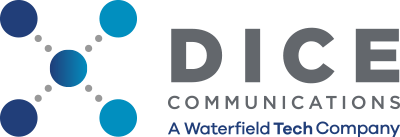
Data is critical to every aspect of your organization’s operations. User data, customer information, contracts, internal memos, and emails need to stay inside your business for a reason.
But what happens if an attacker breaches your network and deletes or releases this data?
Breaches are a common but serious problem for any organization. Whether it’s committed by employees or nefarious criminals, unauthorized access is the key attackers need to infiltrate and harm your business.
Unfortunately, breaches are up by 6x because of the pandemic. With a ransomware attack happening every 11 seconds, it’s never been more important for organizations to rethink their IT security.
The consequences of unauthorized access
In 2021, the average cost for a single data breach was $4.24 million. Aside from the financial implications, unauthorized access can harm your organization in so many other ways, including:
- Business interruptions: You could lose years’ worth of data in one breach. This can disrupt your team internally, and also disrupt the products and services you provide to customers. For example, IT breaches at hospitals can take the entire system offline, delaying lifesaving care.
- Information exfiltration: Every organization has sensitive information that isn’t fit for public consumption. But if a hacker gains unauthorized access to your network, they can release this sensitive information to the public. If you don’t want competitors to see your blueprints, you need to lock down network access.
- Damaged reputation: Cyber attacks are common, but they can permanently tarnish your reputation. The Experian breach showed just how damaging a single attack can be, both in terms of public opinion and compliance.
Seven techniques to prevent unauthorized network access
Unauthorized access happens for a variety of reasons: broken authentications, weak passwords, malware, and more.
IT and technology specialists need to strengthen their organization’s data security. To do that, you need to implement a layered approach to network security.
This means every organization needs a multi-pronged approach to prevent unauthorized access and mitigate damages. Follow these seven tips to prevent unauthorized network access in your organization.
1. Require strong passwords
If your employees are still using “password” as a password, you need to take control of password management on an organization-wide level. Set policies for all users, requiring a certain password length as well as a mix of letters, numbers, and special characters. For ultimate control, your IT department can provide unique passwords for each employee.
If your team has trouble remembering their passwords, don’t allow them to jot their credentials down on a sticky note. Instead, provide an enterprise password management tool that locks down their passwords with the added convenience of password storage.
2. Set up multi-factor authentication
A login alone won’t prevent unauthorized access. While your employees might not enjoy multi-factor authentication, it adds another layer of security that can stop breaches in their tracks. Set up MFA by requiring tokens, like a phone or fingerprint, before granting access to your systems.
3. Secure your physical infrastructure
What happens if a thief gains access to your data center? They can do a massive amount of damage, which is why every IT department should be concerned with physical security, too.
For example, you should require every employee to lock their computer when they leave their desk. Sensitive areas need to be secured with a lock, key card, or PIN to limit access, too.
5. Monitor and secure your network
Do you know what’s happening on your network? With the right monitoring solutions, you can spot anomalies and remediate them before it’s too late. This means monitoring:
- Logins based on frequency or time
- Employee mobile devices
- Unsecured endpoints, like printers
You can also use intrusion detection systems to alert your IT team in the event of a breach. While it won’t stop unauthorized access, it can put your team into action more quickly and mitigate the damage.
6. Update and patch software ASAP
Out-of-date software is an attacker’s best friend. That’s why IT professionals need to automatically update and patch software. These patches address known weaknesses, and without them, your organization is at risk of a breach. Thanks to automatic updates, you never have to worry about a breach.
7. Implement least privilege and zero-trust
Instead of giving all users unlimited access to your systems, minimize their privileges. Take a “least privilege” approach where you only grant permission based on a user’s needs. This way, if someone gains access to your network with one user’s credentials, they have a limited reach and can’t do as much damage.
Whitelisting is tempting, but because nothing is infallible, it’s not always a safe option. That’s why organizations should implement a zero-trust approach. Assume that everything attempting to access your network is a potential attack.
Protect your Network from Unauthorized Access
Cyber threats are becoming more advanced. There’s a good chance that your organization will experience a breach, so it’s critical to take a proactive approach to prevent unauthorized access. Follow these seven techniques to prevent unauthorized parties from causing significant damage to your customers, employees, and business.
Learn More About Information Security
Security isn’t a one-and-done solution. Understanding the risks your business faces is the first step to protecting it. Dice Security Awareness training helps you and your organization understand:
- Technology and threats to information
- Evolving systems and networks
- Basic security measures
Download the training compiled by the experts in the field and learn more about how to protect your assets.


